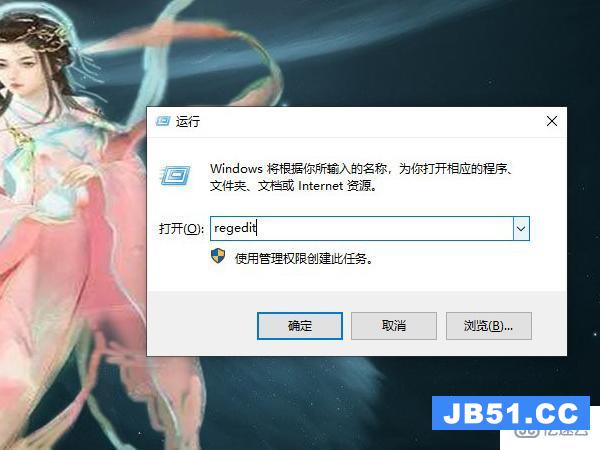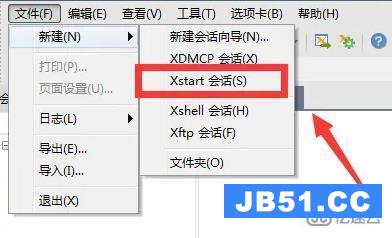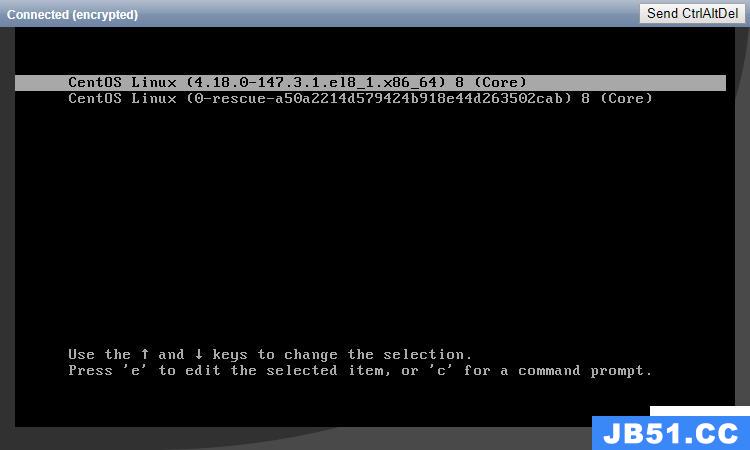本篇内容介绍了“linux中shell变量$#,$@,$0,$1,$2的含义是什么”的有关知识,在实际案例的操作过程中,不少人都会遇到这样的困境,接下来就让小编带领大家学习一下如何处理这些情况吧!希望大家仔细阅读,能够学有所成!
变量说明:
$$
Shell本身的PID(ProcessID)
$!
Shell最后运行的后台Process的PID
$?
最后运行的命令的结束代码(返回值)
$-
使用Set命令设定的Flag一览
$*
所有参数列表。如"$*"用「"」括起来的情况、以"$1 $2 … $n"的形式输出所有参数。
$@
所有参数列表。如"$@"用「"」括起来的情况、以"$1" "$2" … "$n" 的形式输出所有参数。
$#
添加到Shell的参数个数
$0
Shell本身的文件名
$1~$n
添加到Shell的各参数值。$1是第1参数、$2是第2参数…。
test.sh 内容如下:
#!/bin/bash printf "The string is %s\n" "$$" printf "The string is %s\n" "$!" printf "The string is %s\n" "$?" printf "The string is %s\n" "$*" printf "The string is %s\n" "$@" printf "The string is %s\n" "$#" printf "The string is %s\n" "$0" printf "The string is %s\n" "$1" printf "The string is %s\n" "$2"
[root@cz_fbsdb500_06 ]# sh test.sh Im so diao The string is 6169 The string is The string is 0 The string is Im so diao The string is Im The string is so The string is diao The string is 3 The string is test.sh The string is Im The string is so
“linux中shell变量$#,$@,$0,$1,$2的含义是什么”的内容就介绍到这里了,感谢大家的阅读。如果想了解更多行业相关的知识可以关注编程之家网站,小编将为大家输出更多高质量的实用文章!





